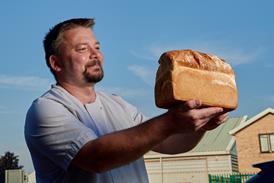Media reports mislead shoppers over bread price
Headline-grabbing government statistics showing bread inflation at nearly 6% do not reflect the real price of a loaf, which has barely risen in the past year despite a massive increase in wheat costs.
To continue reading, register for free
You are what you read, registration is quick, easy and free. Just click register now and you’ll be finished faster than it takes you to butter a crumpet!
Don’t miss out:
- Unlimited access to content
- Regular newsletters to your inbox
- Save articles to read later on
- A more personalised experience
Already registered? Please log-in here


















